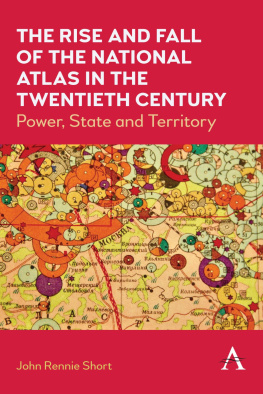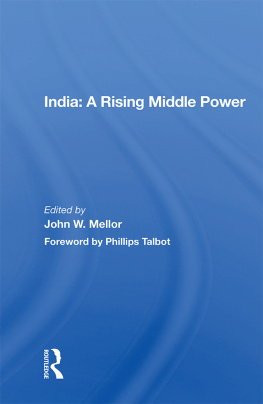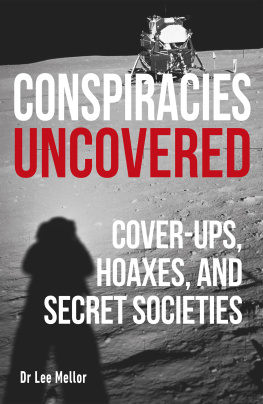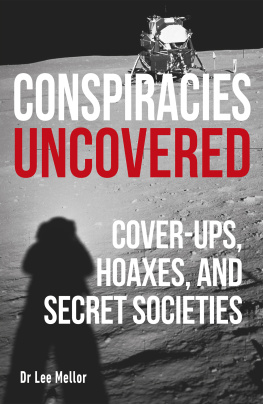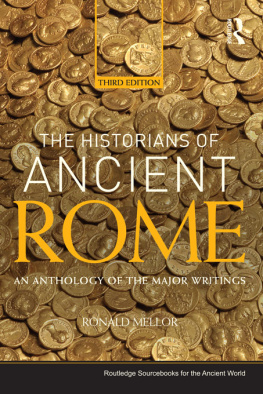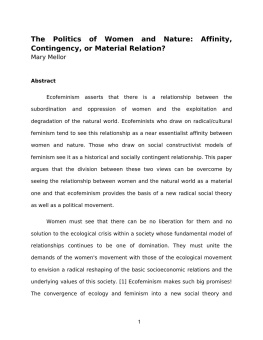ROUTLEDGE LIBRARY EDITIONS: HUMAN GEOGRAPHY
Volume 16
NATION, STATE, AND TERRITORY
NATION, STATE, AND TERRITORY
A Political Geography
ROY E.H. MELLOR
First published in 1989 by Routledge
This edition first published in 2016
by Routledge
2 Park Square, Milton Park, Abingdon, Oxon OX14 4RN
and by Routledge
711 Third Avenue, New York, NY 10017
Routledge is an imprint of the Taylor & Francis Group, an informa business
1989 Roy E.H. Mellor
All rights reserved. No part of this book may be reprinted or reproduced or utilised in any form or by any electronic, mechanical, or other means, now known or hereafter invented, including photocopying and recording, or in any information storage or retrieval system, without permission in writing from the publishers.
Trademark notice: Product or corporate names may be trademarks or registered trademarks, and are used only for identification and explanation without intent to infringe.
British Library Cataloguing in Publication Data
A catalogue record for this book is available from the British Library
ISBN: 978-1-138-95340-6 (Set)
ISBN: 978-1-315-65887-2 (Set) (ebk)
ISBN: 978-1-138-99904-6 (Volume 16) (hbk)
ISBN: 978-1-315-65845-2 (Volume 16) (ebk)
Publishers Note
The publisher has gone to great lengths to ensure the quality of this reprint but points out that some imperfections in the original copies may be apparent.
Disclaimer
The publisher has made every effort to trace copyright holders and would welcome correspondence from those they have been unable to trace.
NATION, STATE, AND TERRITORY
A Political Geography
ROY E.H. MELLOR
First published 1989
by Routledge
11 New Fetter Lane, London EC4P 4EE
Simultaneously published in the USA and Canada
by Routledge
a division of Routledge, Chapman and Hall Inc.
29 West 35th Street, New York, NY 10001
1989 Roy E.H. Mellor
Reprinted 1991
Phototypeset in 10pt Times by
Mews Photosetting, Beckenham, Kent
Printed in Great Britain by
Antony Rowe Ltd, Chippenham, Wiltshire
All rights reserved. No part of this book may be reprinted or reproduced or utilized in any form or by any electronic, mechanical, or other means, now known or hereafter invented, including photocopying and recording, or in any information storage or retrieval system, without permission in writing from the publishers.
British Library Cataloguing in Publication Data
Mellor, Roy E.H. (Roy Egetron Henderson)
Nation, State and territory : a political geography.
1. Political geography
I. Title
320.12
ISBN 0-415-02287-8
Library of Congress Cataloging-in-Publication Data
Mellor, Roy E.H.
Nation, state, and territory : a political geography / Roy E.H. Mellor.
p. cm.
Bibliography: p
Includes index.
ISBN 0-415-02287-8
1. Geography, Political. I. Title.
JC319.M56 1989 | 88-23900 |
320.12dc19 | CIP |
Contents
A political dimension is seldom absent from human geography, for political ideologies and policies influence most decisions on social and economic issues. Whether we consider settlement or land use, transport or industrial location, the geographical pattern, even elements of the visual landscape, are likely to be affected by political perceptions and decisions. To a considerable measure the spatial pattern of mankind is moulded by the interactive relationships within a tripartite association between nation, state, and territory, the core of the aspect of the discipline we term political geography.
The elements of this association are important to us all, for none of us can escape them, and exert a powerful influence over our everyday life. Every one of us is a member of an ethnic and a political nation; each of us must live within the rules set in law by the government of the state in which we live; and every human being has a natural feeling of territoriality at whatever scale we define that.
The spatial expression of the combination of nation, state, and territory is the chequered quilt of the political map. The pattern of the quilt as we see it at any point in time is the product of historical evolution, to which change has come as the relationships and balance between the three elements have shifted. Such change is ongoing and even today we need to look neither far nor deeply to witness its progression. In the political map we see peoples sense of community as the different levels build into the ultimate expression of the nation. It also reflects how nations choose to organize their political life by forming states to secure their welfare and independence, whose governments interpret societys values as political ideologies, turning them into policies that have a deep imprint on the landscape. The real geographical dimension in the tripartite association is given by the national territory, reflecting a fundamental human response of attachment to a homeland. Napoleon expressed this rather deterministically but not without truth in his dictum that the policy of a state is decided by its geography.
Behind most political geographical problems there is usually a significant historical dimension and this study makes no apology for giving it some prominence. Traditions and attitudes, perceptions and values that form the substance of national identity and aspirations have strong historical roots built into the nations educational system, so consequently colouring perceptions and reactions to new situations and the options available for their solution. The relationships between geography and history are deep, complex and ever present, though often difficult to interpret: the Russian historian Vernadsky believed the logic of geography lies at the root of all history, but we may suggest that at any point in time the geographical pattern of mankind bears a strong imprint of the not uncommonly fortuitous events that chart the tortuous course of historical experience.
This study arises from teaching political geography for many years and is coloured by my long-standing regional interest in Europe and the Soviet Union, from where consequently many of the illustrations are drawn. My interest in political geography was first stimulated by the late Professor Walter Fitzgerald, and subsequently developed through encouragement from a former Geographer to the US State Department, the late G. Etzel Pearcy.
My thanks go to my colleague, Dr E.A. Smith, CBE, who read and commented on the manuscript, giving up valuable time from a busy schedule. Of course, remaining shortcomings and the views expressed are entirely mine. Mrs Jane Calder meticulously typed a most untidy manuscript, while Mr Lawrence McLean and his team of cartographers turned messy sketches into respectable illustrations. Throughout, my wife coped with many time-consuming but unexciting editorial tasks and kept me ticking along with endless cups of tea. At the publishers my flagging efforts were given a new lease of life by gentle enquiries and encouragement by Mr Peter Sowden, while Miss Anita Roy, Mrs Margaret Baker and Mr Gary Davis did noble editorial work. To all, a deep and heartfelt thank you.





